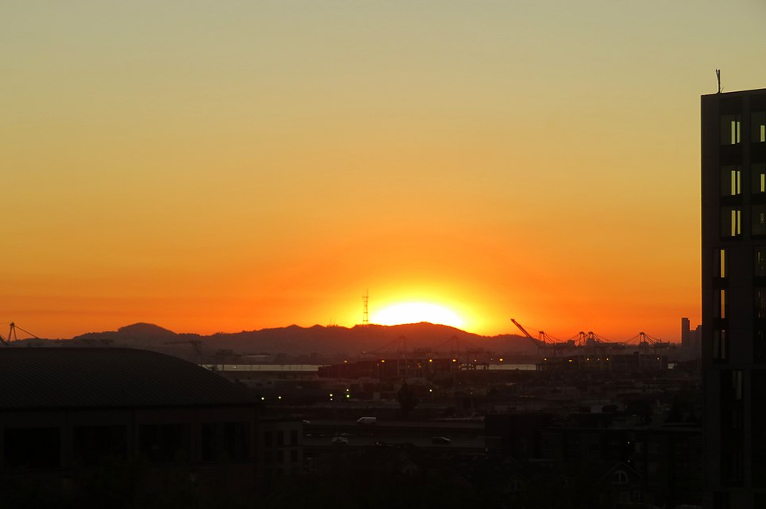There were two categories of people most affected by the fires in California: those who evacuated because the fires threatened them directly and those who stayed home under blackout conditions. What a blackout means might not be clear to those who are not among the more than one million affected. It means, for the most part, no gas stations, no traffic lights, no stores (including grocery stores and pharmacies), no banks or money machines, no charging of devices unless you have alternative power sources, no wifi, in some cases no cellphone towers so no signal, and therefore no internet, even if you managed to keep your phone charged. Landlines were reported to be out in some locations as well, with nearly half a million people totally cut off from communications services.
In other words, there’s not a lot to do but stay home in houses and apartments without the usual amenities, including refrigeration and electric lights, and, for some people, without much contact with the outside world. If you worked in a place where Pacific Gas and Electric cut your power or depended on electricity and internet to do your work, you weren’t working, and if your business was in the blackout area, it was probably closed, and if you had younger children you had to stay home anyway, because the schools were shut too.
It’s impossible to quantify the losses: the fear and stress, all the education that didn’t happen as every place from Sonoma State University to kindergartens closed down, the socially beneficial labor that didn’t happen, the crops and livestock that weren’t tended in agricultural Sonoma and Marin (though in some grim cases, migrant farmworkers were still working in smoky fields). If you were disabled, or dependent on electricity for life support, you faced a whole other level of challenge and might not have been able to shelter in place. Evacuation meant that two-fifths of Sonoma county’s half-million people had to pack up and find someplace else to live for an indeterminate amount of time. Many of them were people who had to evacuate two years ago, or people who had lost their homes in the 2017 fires.
California is the fifth-largest economy in the world and likes to shout about its genius at innovation, but it is a victim of its lack of energy innovation. It’s a climate disaster zone, with the new reality of hotter, dryer conditions made far worse by the outdated power grid and corrupt private corporation in charge of distributing gas and electricity. The longer, drier, hotter weather that climate change has brought us makes the rolling hills and forests of the Bay Area a fire waiting to happen, but PG&E has supplied the spark that started many of the largest fires and is suspected of having done so again with the Kincade fire, which has burned more than 76,000 acres, or more than 117 square miles, in Sonoma county, an area more than twice the size of San Francisco.
There was a moment earlier this month, before the fires began, when I wondered why I felt so disoriented in the region I’ve lived in nearly all my life, and then I realized the air was so scorchingly dry it felt like desert air, like Nevada, not like coastal California. Everything has changed; everything must change to respond to it, with global action to limit the extent of climate chaos that is already so destructive, with local action to reinvent how we power our homes and communities and to shift whose interests are served from shareholders to citizens, and from corporations to the web of life. Right now in Los Angeles and the Bay Area, we are paying the price for relying on old systems in a new climate.
Teaser photo credit: By Pi.1415926535 – Own work, CC BY-SA 3.0





